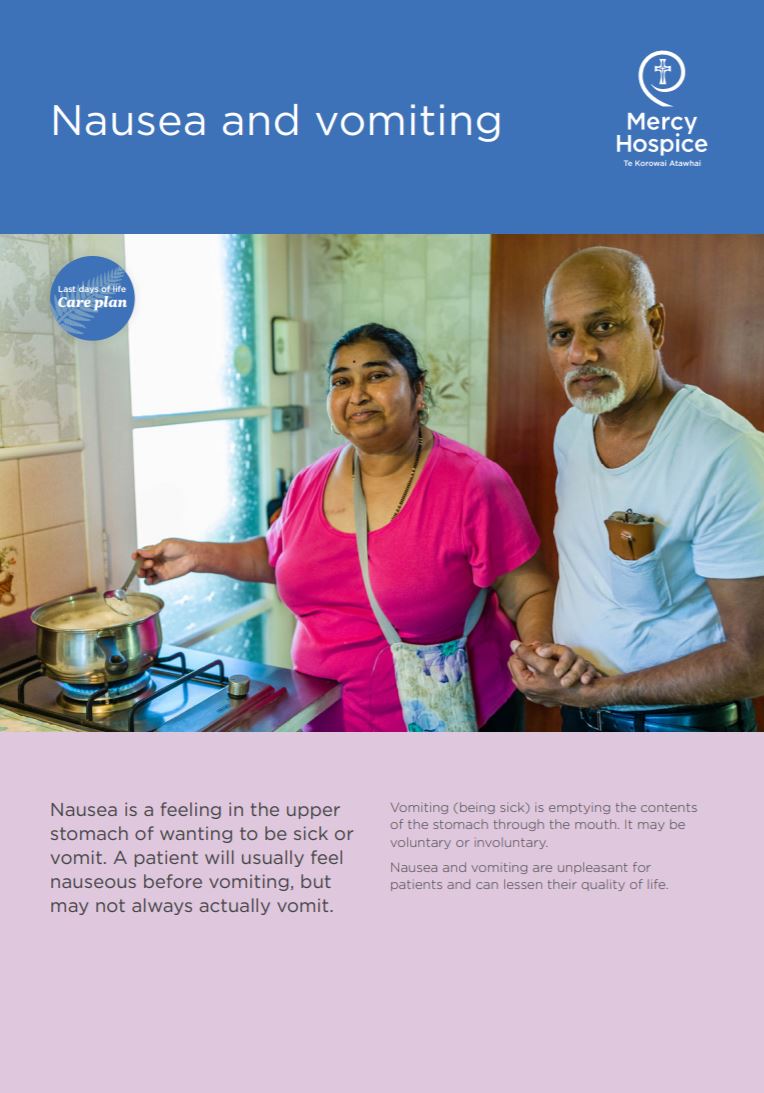Treatment of nausea and vomiting may include a combination of non-medicine and medicine treatment. If you have a medical condition or any obvious causes of nausea and vomiting are found, treatment will focus on the condition or cause.
Non-medicine treatment
Non-medicine treatment that can help relieve or prevent nausea and vomiting include:
- acupuncture – this treatment can be carried out through wearing a wristband
- counselling – talking to a counsellor or psychologist can help reduce anxiety
- music therapy – listening to music can help you to relax and lower your anxiety
- distraction – looking at some videos or photos with great memories can help distract you from feeling sick.
Medicines
There are a variety of medications that can be used to ease nausea and vomiting that work in different ways to one another. The choice of medicine depends on what has caused your nausea and vomiting. These medicines are called anti-sickness medicines or antiemetics. Read more about antiemetics.
Common antiemetics that may be prescribed include:
- domperidone
- metoclopramide
- haloperidol
- cyclizine
- levomepromazine (methotrimeprazine)
- dexamethasone
- prochlorperazine
- hyoscine (Scopoderm TTS)
- lorazepam
- ondansetron.
These medicines can be taken as a tablet, an injection, a suppository in your bottom or via a syringe driver. Read more about syringe drivers. Sometimes, a combination of these medications is needed to treat nausea and vomiting.








